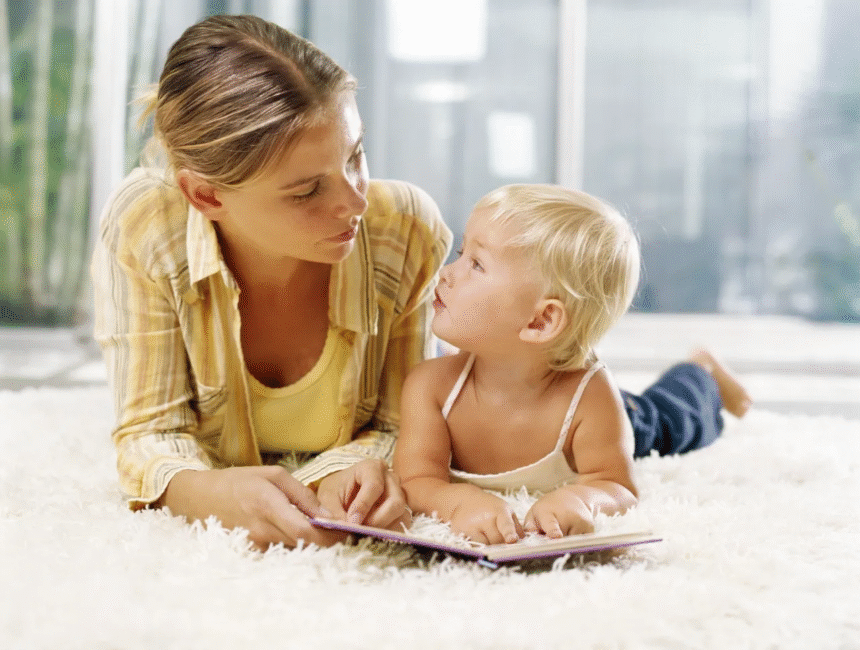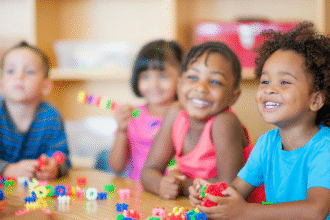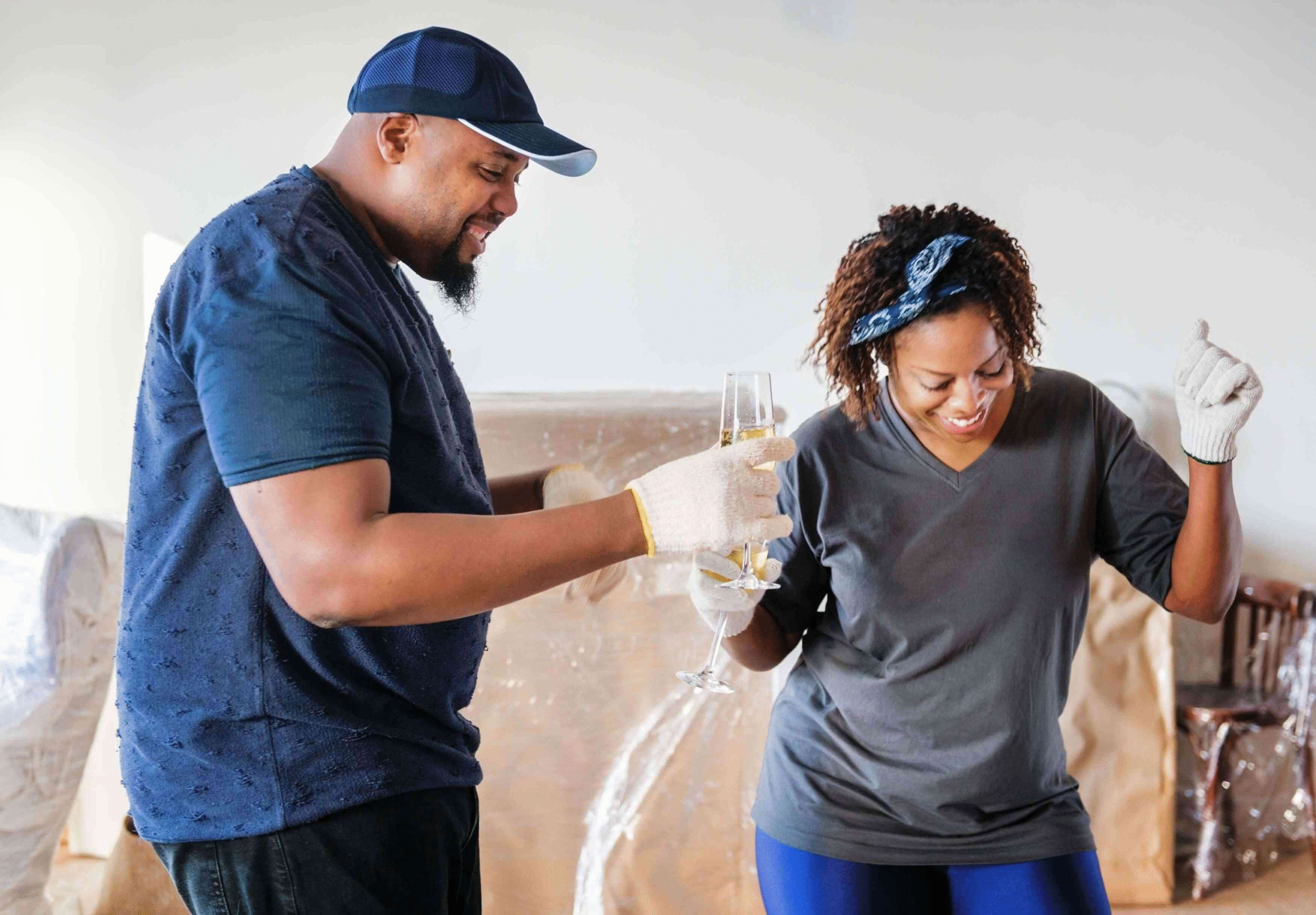Language is one of the most powerful tools your child will ever use. It helps them express their feelings, share their ideas, and connect with the world around them. Supporting your child’s language development at home is one of the most valuable things you can do as a parent or caregiver. The good news? You don’t need to be a language expert to help your child grow—just being present, engaged, and a little creative can go a long way.
In this article, we’ll explore simple and practical ways you can help your child’s language grow right from your living room.
Why Language Development Matters
Language development lays the foundation for your child’s success in school and beyond. It helps them:
- Communicate clearly with others
- Understand directions and information
- Build strong social relationships
- Develop reading and writing skills
- Boost confidence and independence
Children develop language at different speeds, but your involvement can make a big difference.
Everyday Ways to Support Language Development at Home
1. Talk to Your Child Regularly
It sounds simple, but just talking to your child every day is one of the best things you can do. Describe what you’re doing as you go about your routine:
- “I’m peeling the orange. Look at the juicy slices!”
- “Let’s put on your red socks. One foot, then the other!”
Talking during daily routines helps children link words with actions and objects.
2. Listen With Patience
When your child tries to talk to you, give them your full attention. Let them finish their thoughts, even if they’re struggling to find the words. Try not to interrupt or correct too quickly. Instead, gently repeat the sentence with the right words. For example:
- Child: “Me want juice.”
- You: “You want some juice? Sure!”
This encourages better grammar while boosting their confidence.
3. Read Together Every Day
Reading books is one of the strongest tools for language learning. Start with simple board books for babies, picture books for toddlers, and short stories for preschoolers. Make reading interactive:
- Point to pictures and name them
- Ask questions like “What do you think will happen next?”
- Let your child turn the pages or repeat familiar phrases
Even 10–15 minutes a day can make a big impact.
4. Sing Songs and Rhymes
Songs, nursery rhymes, and fingerplays are great for learning new vocabulary and rhythms of language. Classics like “Twinkle Twinkle Little Star” or “The Wheels on the Bus” are both fun and educational. The repetition in songs helps reinforce new words and sentence patterns.
5. Use Everyday Moments as Learning Opportunities
Whether you’re cooking, grocery shopping, or doing laundry, these are great chances to talk about what you’re doing. Say things like:
- “Let’s count the apples.”
- “The shirt is blue. Can you find another blue thing?”
- “We’re pouring milk into the cup. What comes next?”
These natural conversations teach vocabulary and concepts.
6. Play Pretend Games
Imaginative play is fantastic for language growth. When your child pretends to be a doctor, chef, or teacher, they use lots of new words and phrases. Join in and expand their language:
- “Doctor, can you check my heartbeat?”
- “What ingredients do we need for the cake?”
7. Ask Open-Ended Questions
Instead of “yes” or “no” questions, ask things that invite your child to think and speak more:
- “What was your favorite part of the story?”
- “How did that make you feel?”
- “What should we do next?”
These questions help your child practice expressing thoughts in full sentences.
8. Label and Describe
Name objects around your home, describe actions, and talk about emotions. For example:
- “This is a spoon. We use it to eat soup.”
- “You’re laughing! You must be happy!”
Labeling and describing helps your child connect words to their meanings.
9. Limit Screen Time and Encourage Face-to-Face Talk
Too much screen time can take away from real conversation. Instead of letting your child sit with a tablet, encourage games that require talking, like puzzles, building blocks, or drawing. If you do use screens, choose interactive programs and watch together so you can talk about it afterward.
10. Celebrate Progress, Not Perfection
Children make mistakes as they learn. That’s okay! Celebrate their effort rather than correcting every word. Language learning is a process, and showing patience and encouragement helps build their confidence.
Quick Tips Table for Parents
| Tip | Example |
| Talk often | Describe daily routines: “Let’s wash your hands with soap!” |
| Read together | “What animal is that? A lion! What sound does a lion make?” |
| Use open-ended questions | “Why do you think the bear is sad?” |
| Play pretend | “I’ll be the customer, and you be the shopkeeper!” |
| Sing and rhyme | “Old MacDonald had a farm…” |
| Encourage storytelling | “Tell me what you did at the park today.” |
| Praise efforts | “Wow! You said that word so clearly!” |
FAQs About Supporting Language Development at Home
1. At what age should I start talking to my baby?
You should start talking to your baby from birth! Even newborns benefit from hearing your voice. They begin recognizing sounds and rhythms, which lay the foundation for later speech.
2. What if my child is late to talk?
Every child develops at their own pace. Some children may speak later than others, especially boys. However, if your child isn’t saying any words by 18 months or combining two words by age 2, it’s a good idea to talk to a pediatrician or speech therapist.
3. Do bilingual households confuse children?
Not at all! Children can learn two or more languages at once without confusion. In fact, bilingualism has many cognitive benefits. Just be consistent—speak clearly in each language and give your child plenty of opportunities to practice both.
4. How much screen time is okay for language development?
The American Academy of Pediatrics recommends limiting screen time for young children. For kids under 2, avoid screen time except for video chatting. For older toddlers, choose high-quality educational content and watch together so you can talk about what you’re seeing.
5. Should I correct my child when they say something wrong?
It’s better to model the correct sentence gently rather than directly correcting them. For example, if they say “I goed to the park,” you can say, “Oh, you went to the park? That sounds fun!” This way, they hear the correct version in a positive context.
Final Thoughts
Supporting your child’s language development doesn’t require fancy tools or expensive programs. The most powerful thing you can do is talk, listen, read, play, and be present. Make language part of your daily life, and your child will grow into a confident communicator—ready to take on the world, one word at a time.







